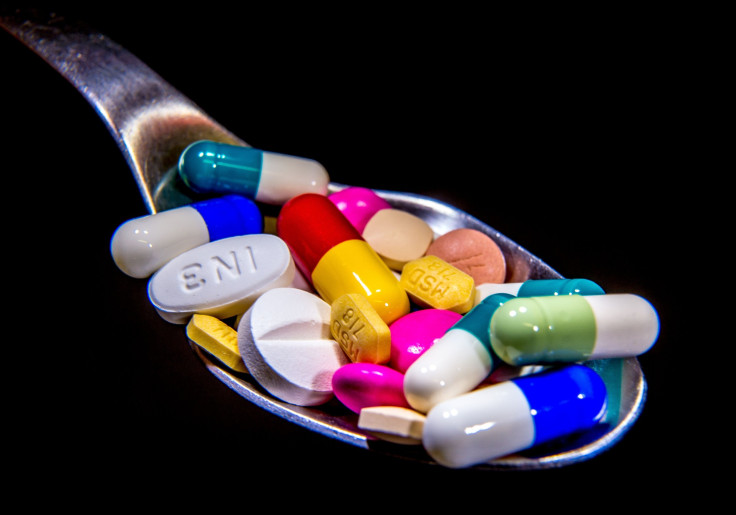Here's a How-To on Deciphering Prescription Labels

Understanding and following your prescription medications is a lot easier if you know the reason behind the instructions.
Why should you take one medication while eating and another on an empty stomach? Why does one prescription say, “Take 3 times a day,” while another says, “Take every 8 hours?” And why did the pharmacist tell you not to use a teaspoon from your cutlery drawer to measure out your child’s antibiotics?
Read on to learn more about the hows and whys of prescription drugs.
Related story: Drug Safety: Double Checking Your Prescriptions
With food or without food?
“Take with food” is a common prescription instruction. Ask your pharmacist what type of food you need for your specific medication. In some cases, you can take the medication with a glass of milk and a cookie, while others need a full meal.
Reasons to take with food include:
- The drug may be hard on the stomach, causing nausea or stomach upset.
- The drug needs food to move the medication farther into your digestive system before your body starts to break it down.
- The drug is used to help with digestion, such as lactase for people who are lactose intolerant.
- The drug is absorbed better with food.
Watch out for certain foods though. Your prescription may come with a warning not to take the drug with grapefruit juice or dairy products. Dairy can stop the absorption of specific medications, such as the antibiotic tetracycline or medications that treat osteoporosis. If you enjoy dairy products, check with your pharmacist if you can have them another time during the day.
Grapefruit and grapefruit juice can unexpectedly strengthen the effect of some cholesterol-lowering and blood pressure medications, possibly increasing the risk of side effects.
Alcohol is another substance that you may be warned not to use while taking certain medications. The drugs may make the alcohol’s effect worse, or the alcohol may affect how well the drug works. If you look forward to an occasional drink, ask your pharmacist if this is allowed.
And on the opposite end of the spectrum, “Take 1 hour before meals or 2 hours after” is another common medication label. Some medications won’t be absorbed properly if there is food in your stomach, and one hour before meals or two hours after is usually the best time. Ask your pharmacist if there is any leeway (some drugs only need 30 minutes, for example), if you think this timing will be difficult.
Measuring your medication
A teaspoon is a teaspoon, right? So can you use a teaspoon from your cutlery drawer? No, you shouldn’t. Household spoons – even for baking – aren’t accurate enough for medications. Use a medicine cup, syringe or special medication spoon from the pharmacy to measure out an accurate dose.
Medication timing
Now that you know how much of the medication to take and how you should take it, you have to figure out when you’ll take it.
Your prescription may say once a day, twice a day, three times a day or four times a day. Believe it or not, this isn’t the same as prescriptions that say once every 24, 12, 8 or 6 hours.
If your prescription says take the medication every 6 hours, this precise timing ensures the drug levels stay consistent in your body all day, every day. But not all medications are that specific, and your doctor may write to take the medication four times a day. In this case, you still should spread out the doses as evenly as possible throughout the day, but you have a bit of leeway, which means you can sleep in a bit later or go to bed a bit earlier if you want.
Your pharmacist is your ally when it comes to medication safety. If you have any questions about your prescriptions, don’t hesitate to ask.
This information was gathered from the book: Just the Right Dose: Your Smart Guide to Prescription Drugs & How to Take Them Safely, by Marijke Vroomen Durning, RN.



























